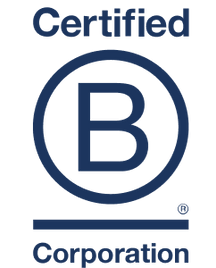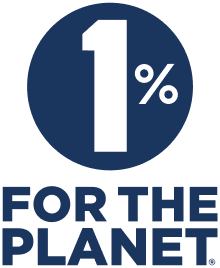Australians now enjoy an abundance of cafes. Yet some headlines suggest our nation may have gone too far, with consumers saying “no” to $6 coffees¹. That raises a key question for anyone in the coffee industry: is the market oversaturated?
On one side, cafe numbers have exploded and competition is fierce. On the other, our population, coffee consumption and hospitality spending have all risen. The truth is nuanced. Let’s explore whether there really are too many cafes, or whether a shift in strategy can still unlock growth.
Read, The rising price of delicious coffee (and why it’s worth it)
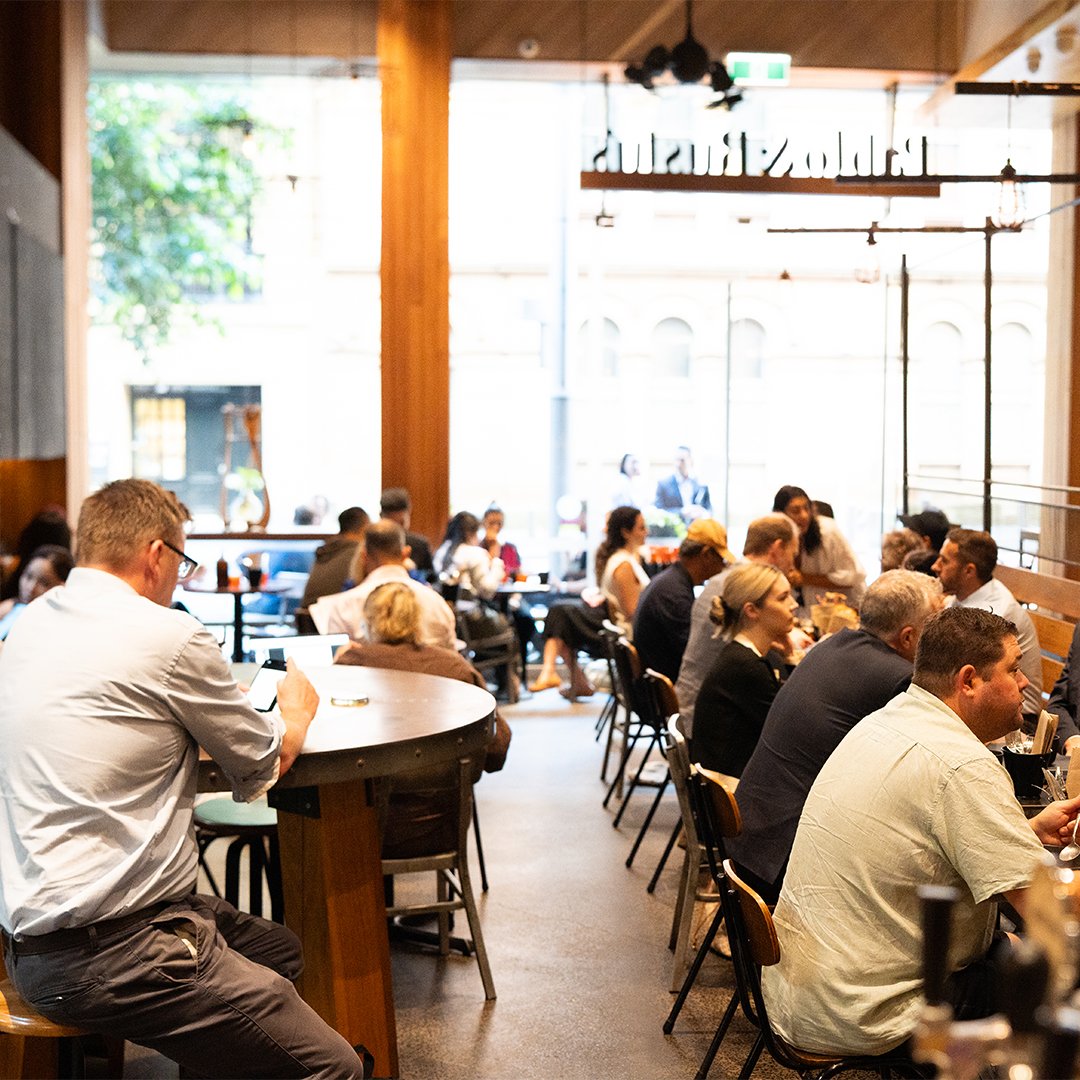
A cafe boom like no other
Over the past decade, the cafe sector has grown rapidly. At the end of the 2024 financial year, there were more than 55,700 cafes and restaurants trading across Australia, up from about 41,570 in 2017². That’s roughly 30 per cent growth over six years. Venue numbers peaked at 54,400 in 2022 before dipping slightly to 54,285 in 2023².
New South Wales leads with over 19,225 establishments, followed by Victoria at 14,900 and Queensland at 10,750³. Despite small recent declines, the sector remains expansive. It employs 630,100 people and contributes $45.3 billion to the national economy⁴.
On average, an Australian cafe seats around 55 guests, employs five full-time equivalent staff and generates daily sales of about $2,500, translating to an annual turnover of roughly $732,000 per outlet⁵. Only 5 per cent of venues are chains, with McDonald’s/McCafe operating 1,045 sites and The Coffee Club 215⁶. Independents, which make up 92.1 per cent of cafes, often face the greatest pressure on margins and foot traffic⁴.
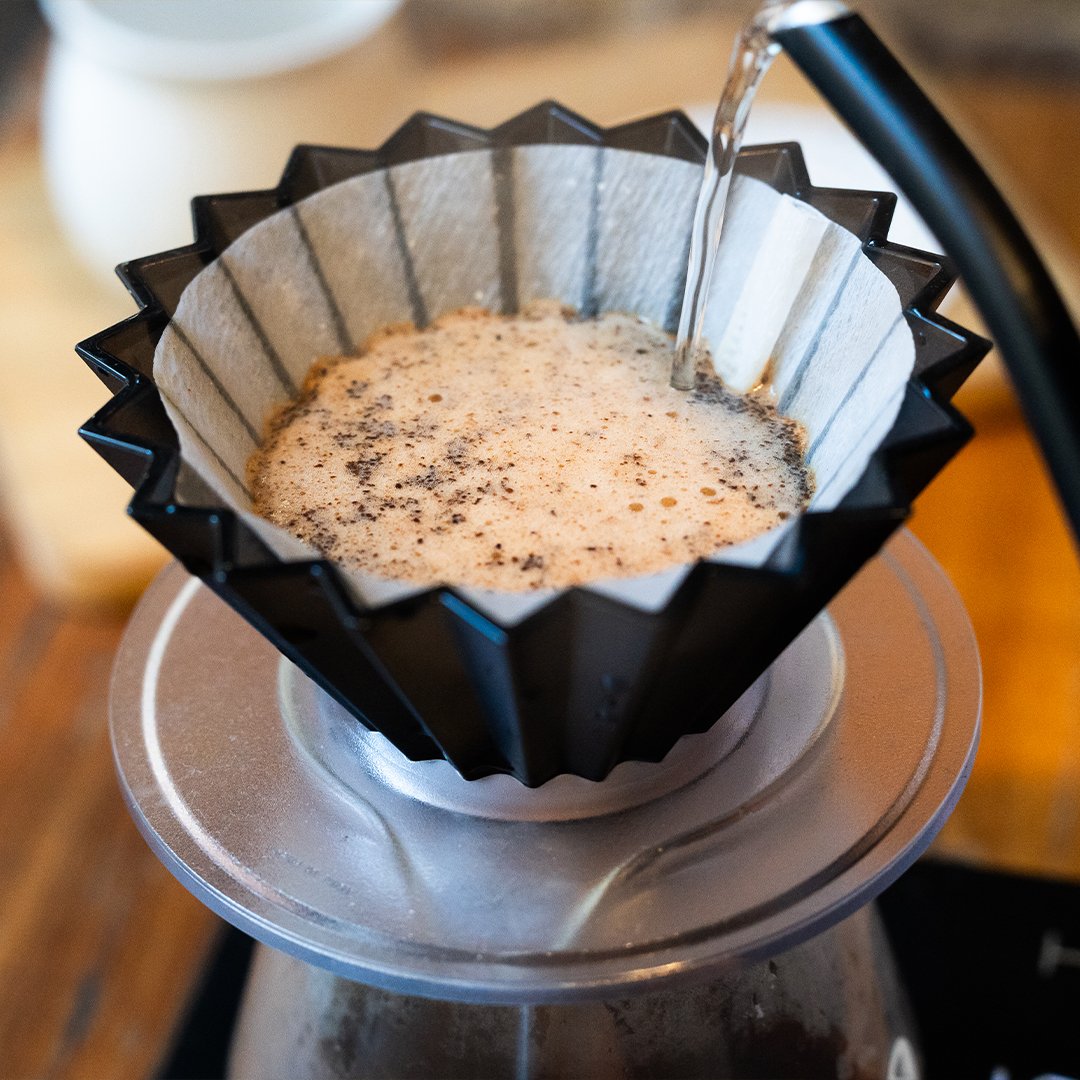
Demand has grown too
Our appetite for coffee has risen alongside venue numbers. In 2024, domestic consumption hit 2.15 million sixty-kilogram bags⁷, equating to about 2.9 kg per person at home⁸. Roughly 75 per cent of adults enjoy at least one cup daily, and 28 per cent have three or more⁹. “Coffee Hour” is real: 24 per cent of all coffee is consumed between 7 am and 8 am, and 26 per cent of Australians have coffee before anything else each morning¹⁰.
Cappuccinos (30 per cent), flat whites (20 per cent) and lattes (18 per cent) remain our favourites¹¹. Australians spent nearly $64 billion on cafes, restaurants and takeaways in 2023, up from $58.15 billion in 2022¹². Even with cost-of-living pressures, hospitality spending climbed again into early 2024¹². The average spend per cafe visit is $7.50, with 40 per cent of venues offering all-day dining to lift per-head revenue¹³. Yet outside peak hours, 60 per cent of cafes report flat or falling customer numbers⁵.
Read, What is specialty coffee? And how we go beyond it
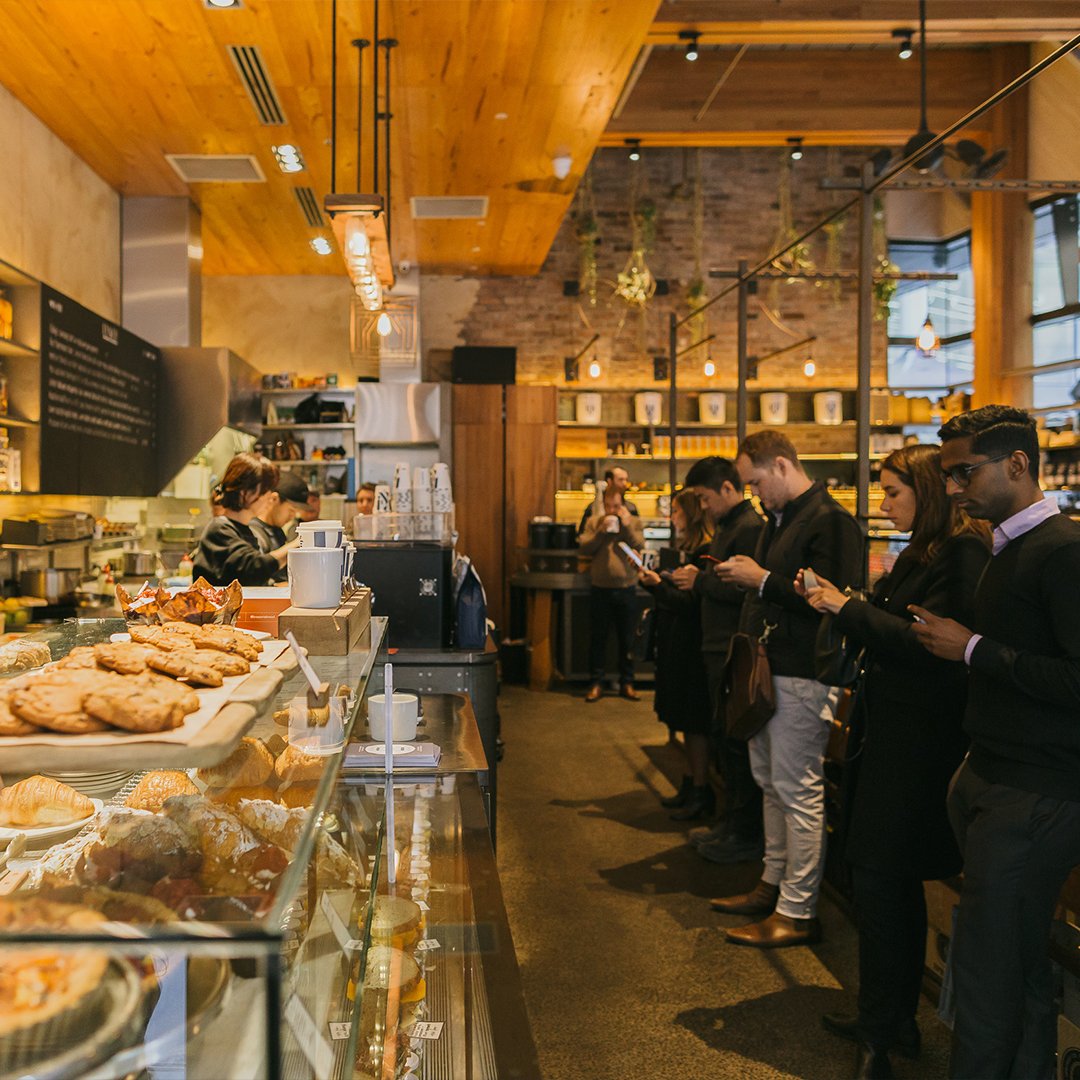
Industry economics and profitability
On paper, margins look healthy. Cafes typically report gross profit margins of 65 to 70 per cent, yet IBISWorld data shows average net profit is closer to 3 to 4 per cent¹⁴. The sector’s annual revenue reached $63.99 billion in 2023¹². Most businesses are small and they are doing it tough, as wage, rent and ingredient costs have doubled¹⁵.
Rent benchmarks sit around 10 per cent of gross sales¹⁶. Cafes paying 15 to 20 per cent for rent face serious pressure. With thin margins and rising costs, profitability is under strain. A CreditorWatch report forecasts nearly one in ten hospitality businesses may close in the next year²².
Read, Profitability per cup: how to truly measure coffee value
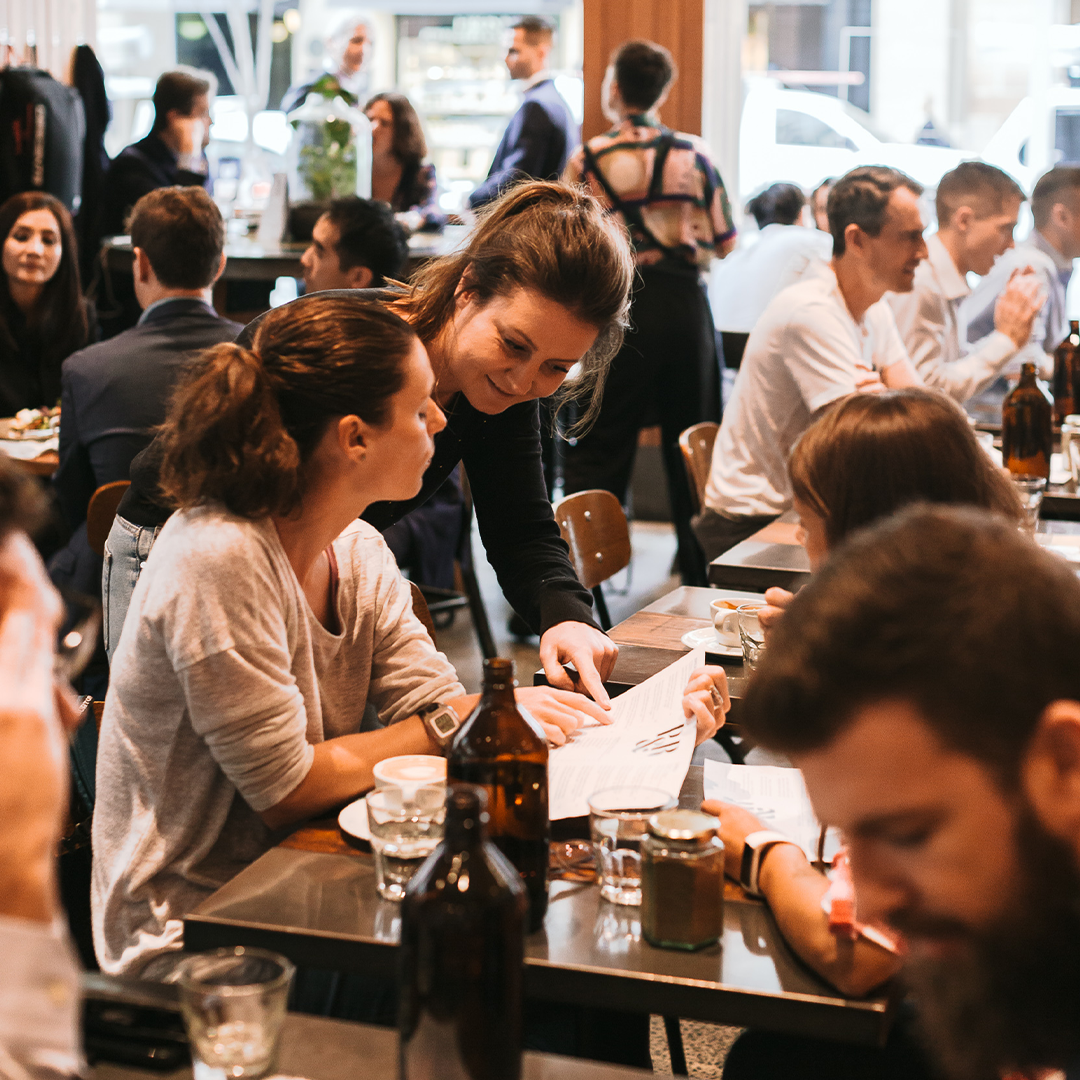
Chasing volume doesn’t always pay
If success is measured only by cups sold or kilos used, then yes, many cafes are reaching saturation. But chasing volume alone often backfires. It strains service, burns out staff and reduces profit¹⁵ ¹⁷.
The smarter play is to focus on experience, profitability and margin. A well-run cafe may serve fewer customers at higher prices with greater consistency. Busy does not always mean profitable. A full cafe losing 10 cents per cup is worse off than a slower venue earning $1 per serve.
Read, Is busier always better?
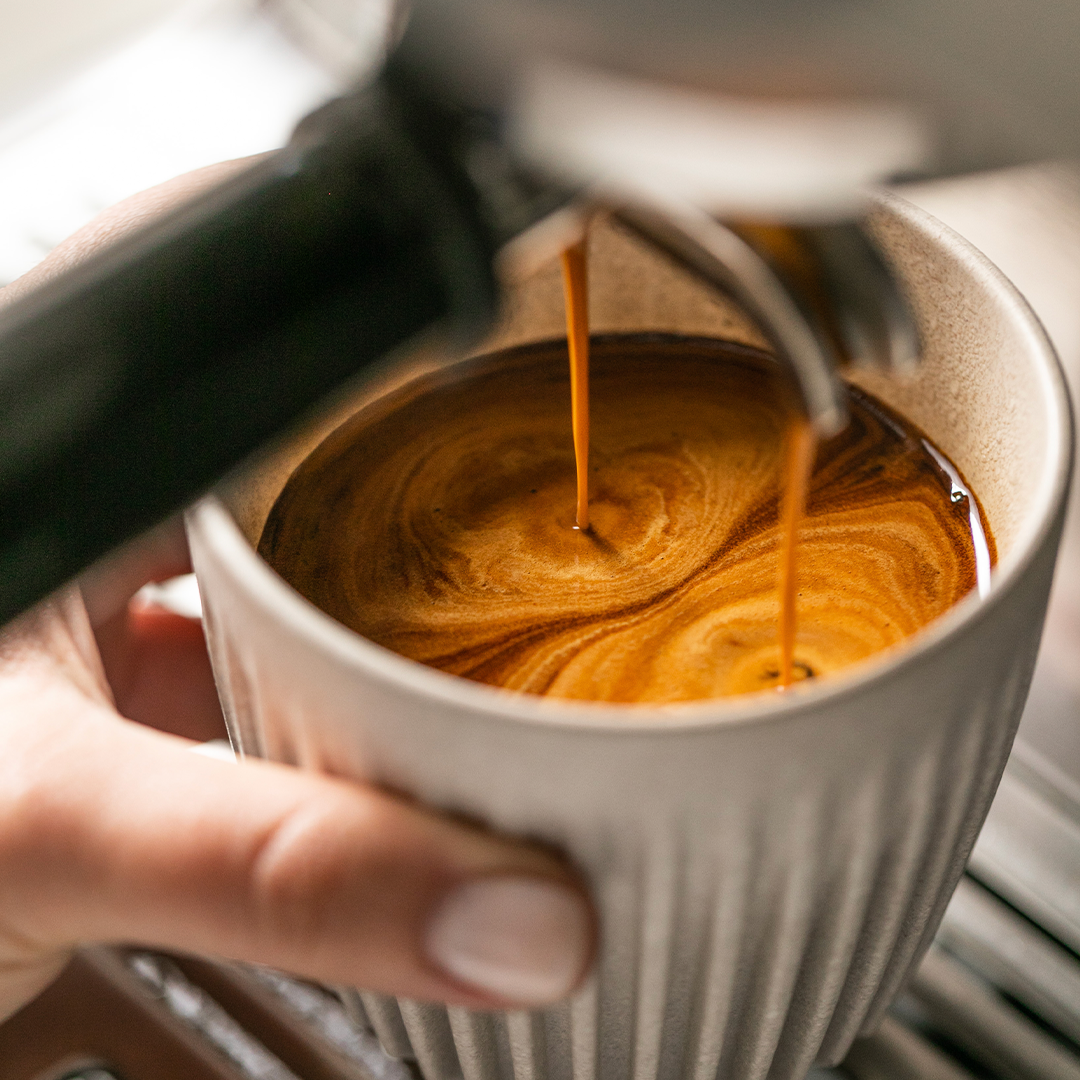
The global pricing gap
Australia still underprices coffee. A small flat white here averages $5.00 to $5.50, while in many global cities it’s $8 to $10 AUD¹⁸ ¹⁹. Yet local specialty cafes face equal or greater costs than their overseas counterparts.
Low prices might win traffic, but they endanger sustainability. Raising prices fairly and with care is essential. We believe $5.50 should be the floor, and $6 to $7 is a healthy next step for high-quality coffee¹⁸ ²⁰.
It’s not just about price. Customers are willing to pay for quality, especially when the story and value are clear. As an industry, it’s our job to explain why a cup costs more and how that supports better coffee, service and sourcing.
Read, Global coffee prices: Why Australian cafes and consumers need a fresh perspective
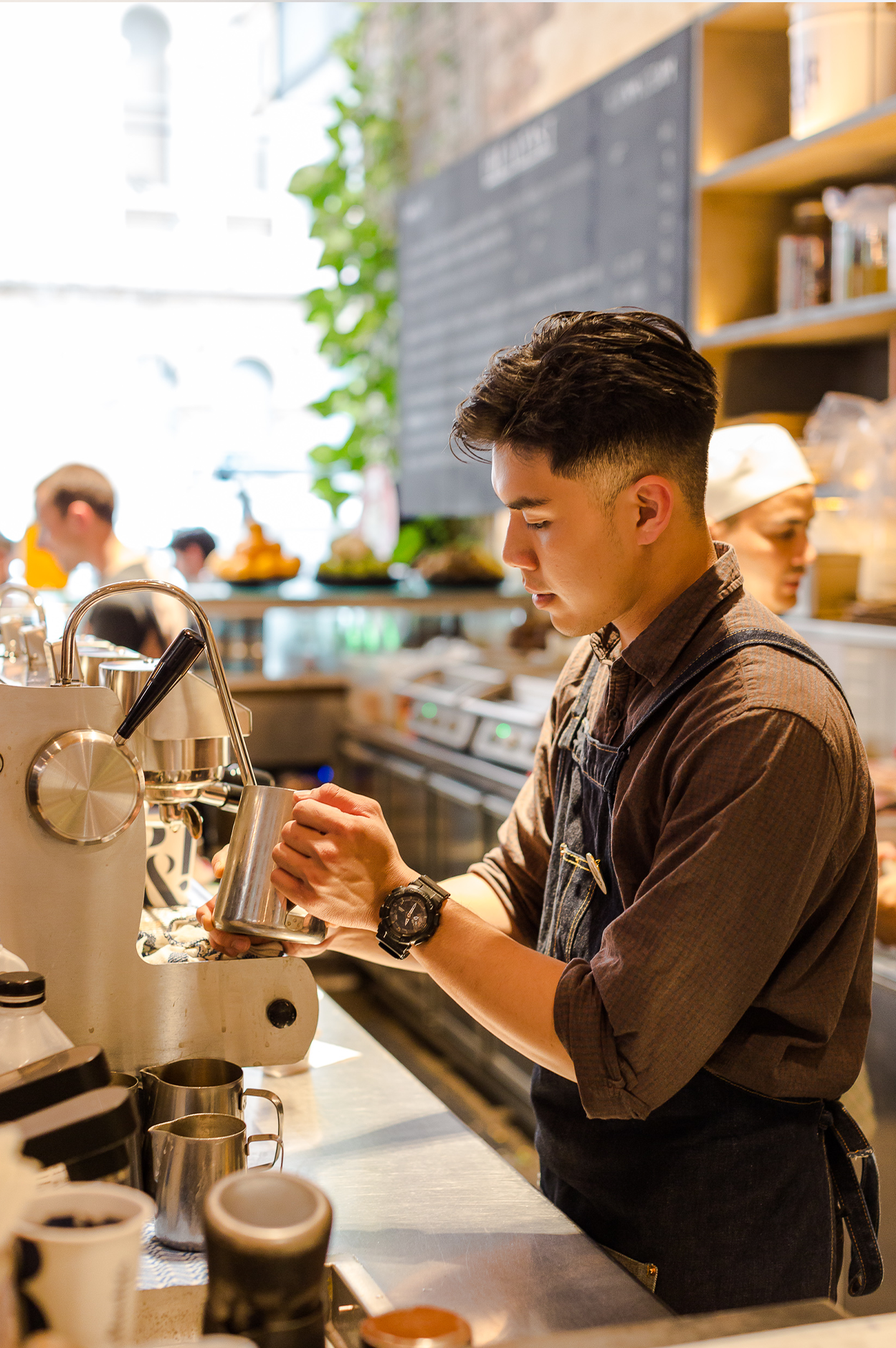
Strategies for a Crowded Market
Differentiate Yourself
Competing on price is a race to the bottom. Instead, offer unique single-origin coffees (used by 68 per cent of independents), seasonal coffee flights or a standout experience. Quality and story matter to 78 per cent of coffee buyers²¹.
Find Underserved Markets
Rather than opening another inner-city cafe, look to growing suburbs or niche demographics. Targeted cafes have outperformed generalist ones by 22 per cent over the past two years⁵.
Control Overheads
Keep rent under 10 per cent of gross sales¹⁶. Negotiate tough, avoid over-the-top fitouts and streamline staff. Labour costs should stay below 30 per cent of revenue¹⁴. Smart tech and workflows can drive efficiency.
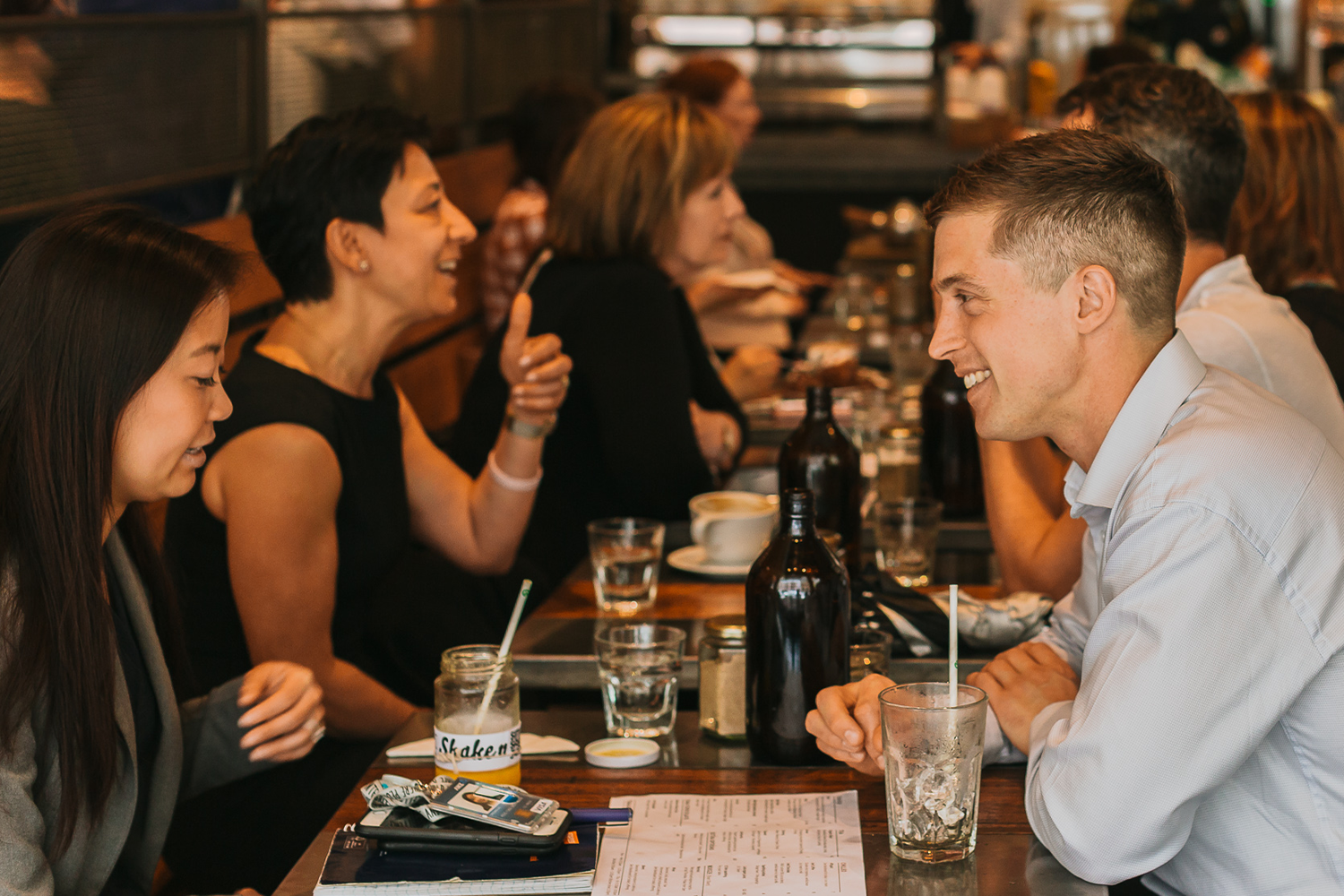
Balance Volume and Experience
A packed cafe can degrade service. Instead, focus on both speed and experience. Off-peak specials and loyalty programs can lift mid-week trade by up to 15 per cent¹⁷.
Embrace Sustainability
Eco-conscious customers are growing. BYO cup usage rose 292 per cent in 2019²4. Highlight efforts to reduce waste and source ethically, as 82 per cent of consumers say sustainability influences where they buy coffee²¹.
Read, 10 things cafes should be doing right now
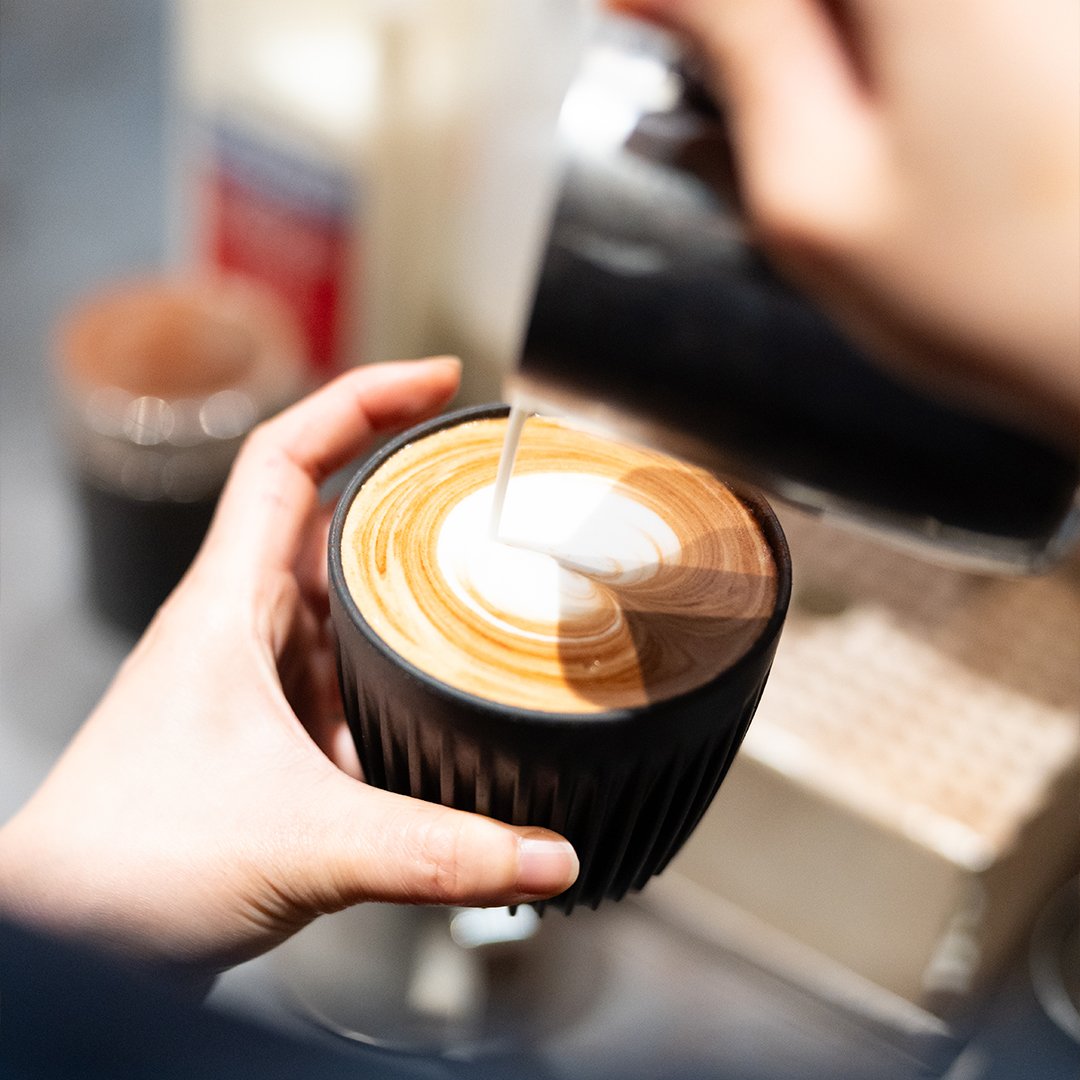
Conclusion
Australia’s cafe landscape is dense. But so too is demand. Population growth, rising per-capita consumption and increased hospitality spend suggest that the specialty market still has room if we focus on experience over volume.
For specialty cafes, the goal should not be more cups but better experience and margins. The next wave of success will belong to operators who look past price wars and towards better coffee, better service, stronger stories and more sustainable pricing.
Footnotes
Van Onselen L, “Australians say ‘no’ to $6 coffees,” MacroBusiness, May 16 2025.
Statista, “Australia: cafes and restaurants in operation 2024.”
IBISWorld, “Cafes, Restaurants and Takeaway Food Services in Australia,” 2024.
BeanScene, “Number of Australian cafes grows by 30 per cent,” 2023.
Statista, “Australia: locations of popular coffee franchises 2025.”
International Coffee Organization, “Annual Coffee Market Report,” 2024.
Corner Coffee Store, “18 Australia Coffee Statistics to Know in 2025.”
Statista, “Key statistics on coffee consumption Australia 2022.”
Seven Miles Coffee Roasters, “What Cafe Customers Really Want in 2025.”
McCrindle, “Australian attitudes towards coffee,” 2024.
IBISWorld, “Cafes, Restaurants & Takeaway Food in Australia,” 2024.
Coffee Business Coach, “Key Cafe Financial Metrics,” 2023.
Australian Taxation Office, “Industry Benchmarks Cafes,” 2023.
Ramay A, “Is busier always better?” Pablo & Rusty’s Blog, 2024.
Coffee Business Coach, “Key Cafe Financial Metrics,” 2023.
CafeSmart, “Hospitality Insights: Staff Burnout,” 2023.
Ramay A, “Global coffee prices: perspective for Australian cafes,” Pablo & Rusty’s Blog, 2024.
FlatWhiteIndex, “Global Flat White Coffee Prices,” 2025.
Specialty Coffee Association, “The Value of Coffee: Economics of Pricing,” 2023.
McCrindle, “Australian attitudes towards coffee,” 2024.
ABC Radio National, “1 in 11 hospitality businesses at risk of closing,” Life Matters, 10 Sep 2024.
Take a Tumble, “27+ Coffee Consumption Statistics from Australia,” 2024.
Square, “2019 Australian Coffee Report,” The Bottom Line, Square AU, 2019.

